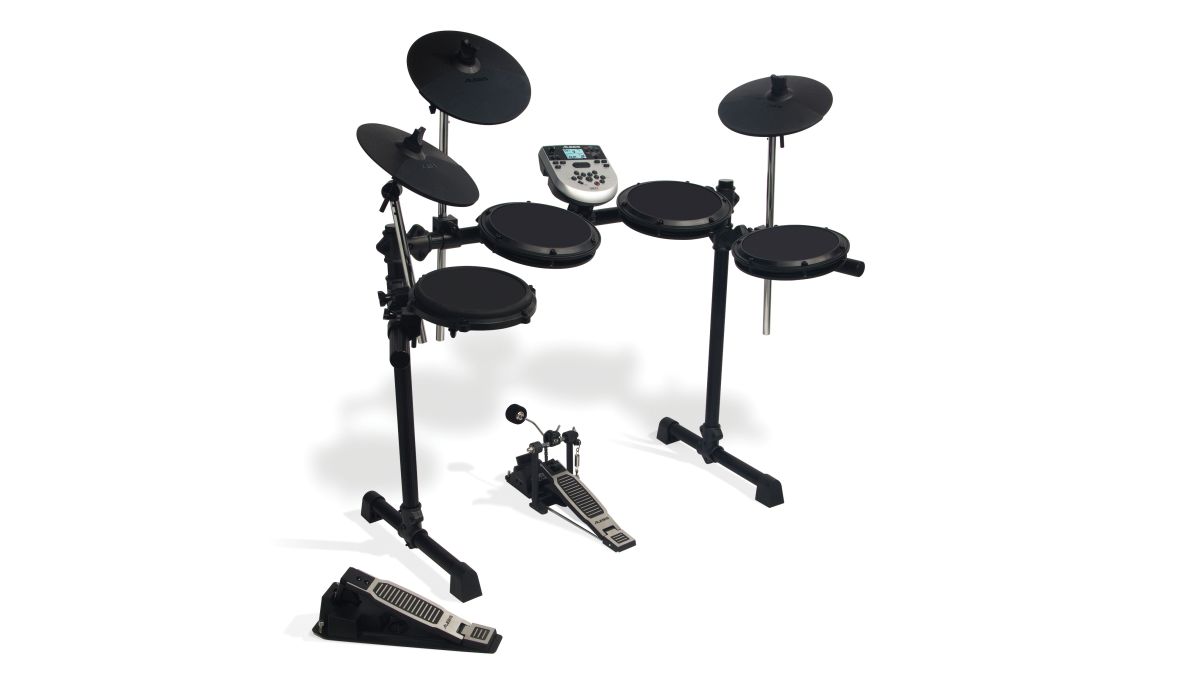
Akai Force
by September 3, 2022Akai made its name around the early 90s thanks to its line of relatively affordable S-series samplers and the (now legendary) MPC. Since then, the company has continued to release new spins on those mainstays, the latest of which is the all-in-one Force workstation.
The idea is clear: To remove the PC from the workflow. Modern DJs and producers are wedded to their laptops, and audiences never truly enjoy watching someone perform while looking like they are checking their email. Getting rid of the PC isn’t a new idea. Ableton’s Push workstation was designed to bring performers back into the moment (although you still need a PC running Ableton, you just don’t need to look at it so much). Akai’s Force hopes to eliminate it altogether.
If you’re familiar with Ableton’s Push series, then the Force will look very familiar, after all, Akai made the original Push. The obvious difference here is the inclusion of a 7-inch multitouch display (similar to that found on the MPC Live). The company claims the display offers “Ableton Live-style” workflow, too and tight integration with the software if you still want to use a PC. So if you’re already a fan of the DAW, Akai clearly hopes you’ll be interested in Force.
As is common for such production and DJ consoles, there’s a matrix of 64, velocity-sensitive pads for mashing out live rhythms or melodies, launching clips or step sequencing. The real key here is that there are also four synths onboard for creating sounds right on the Force (rather than merely controlling them). No mention of VST support though, so if you have a favorite plug-in, you might be out of luck. For sample-fans, there’s a 10Gb library of sounds (16Gb of storage, expandable), and the option to record in your own samples on the fly. There are also line inputs, four outputs and MIDI/CV support to round out the essentials.
Clip-based workflow has become increasingly popular over the last few years. Ableton is partly responsible for that, as its hybrid workflow (music composition and live performance mode) has merged the process of making and playing your music into one piece of software. Native Instruments has also been championing its “Stems” audio format, which adds an extra layer of control to specific sections of a sample (like killing the vocals or tweaking the beat independently in a clip).
Force, then, seems to be a logical evolution of this new workflow, allowing DJs, producers and performers alike (often people are all three) to try and cut down their gear rider — or simply save space in their studio/bedroom.
How well it all comes together, or whether it has enough chops to replace your regular sequencing software of choice remains to be seen. At $1,500 when it goes on sale on February 5th, it’s not a small investment, especially if you already have a laptop and were looking at a rival controller (Push is $449 if you already own the standard Ableton). But for those looking for a single piece of gear to cover all the bases, this could be worth a look.
Subscribe to our two newsletters:
– A weekly roundup of our favorite tech deals
– A daily dose of the news you need
Please enter a valid email address
Please select a newsletter


